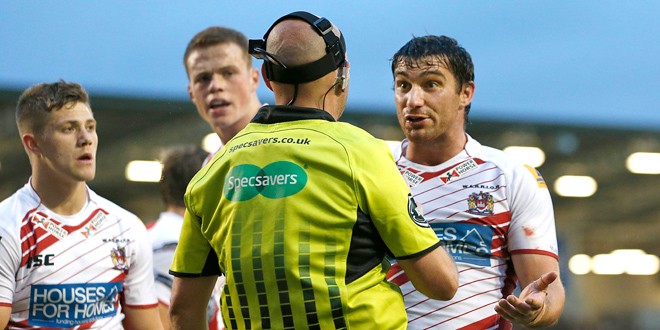 CALLUM WALKER, the author of ‘Cas Tigers - The Breakthrough Year’, wonders whether it’s time to do away with the video referee in Rugby League or to change the video-refereeing procedure
Rugby League was one of the very first sports to use video technology to assist match officials’ decision making. It began in the UK with the
CALLUM WALKER, the author of ‘Cas Tigers - The Breakthrough Year’, wonders whether it’s time to do away with the video referee in Rugby League or to change the video-refereeing procedure
Rugby League was one of the very first sports to use video technology to assist match officials’ decision making. It began in the UK with the Is it time for VREXIT?
 CALLUM WALKER, the author of ‘Cas Tigers - The Breakthrough Year’, wonders whether it’s time to do away with the video referee in Rugby League or to change the video-refereeing procedure
Rugby League was one of the very first sports to use video technology to assist match officials’ decision making. It began in the UK with the
CALLUM WALKER, the author of ‘Cas Tigers - The Breakthrough Year’, wonders whether it’s time to do away with the video referee in Rugby League or to change the video-refereeing procedure
Rugby League was one of the very first sports to use video technology to assist match officials’ decision making. It began in the UK with the 